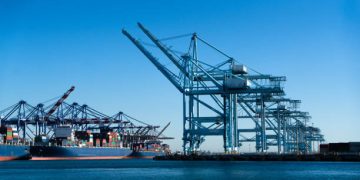The United States has announced a new trade agreement with Vietnam just days before a self-imposed July 9 deadline that could see tariff rates rise for multiple trading partners if new deals are not reached.
Former President Donald Trump stated this week that Vietnamese goods imported into the U.S. will be subject to a 20% tariff under the new agreement. This rate is higher than the current blanket 10% tariff but lower than the 46% level previously imposed under an earlier phase of the administration’s tariff plan.
In addition, goods shipped from Vietnam that originally come from another country — a practice known as transshipping — will face a higher tariff rate of 40%. The transshipment measure aims to address concerns about third-country goods bypassing tariffs by being rerouted through Vietnam.
Trump added that U.S. exports to Vietnam would not face tariffs under the deal, describing it as an opening of Vietnam’s market to more American goods and services.
The agreement with Vietnam marks the second such deal reached during the temporary pause in higher tariffs. The U.S. has also struck a revised arrangement with the United Kingdom and has agreed on a framework for further negotiations with China.
As the July 9 deadline nears, negotiations with other countries remain uncertain. Talks with Japan have reportedly stalled, with the U.S. administration indicating that higher tariffs of up to 35% could be imposed if an agreement is not reached. Trump suggested that while some discussions are continuing, a deal with Japan may not be finalized in time.
Meanwhile, the European Union has signaled its willingness to accept a universal 10% tariff on many exports but is seeking exemptions for certain sectors such as pharmaceuticals, alcohol, semiconductors, and commercial aircraft.
On the North American front, Canada recently withdrew its planned digital services tax targeting large U.S. technology firms, and trade discussions between the two countries have resumed following earlier tensions.
Observers and business groups are watching closely as the deadline approaches, noting that additional tariffs could increase costs for U.S. importers and consumers if no further deals are reached. The administration has indicated it may move forward with issuing letters to additional countries to outline new tariff levels should negotiations stall.
#SupplyChainNews #TradeUpdate #Tariffs #VietnamTrade #NewsUpdate

















